Blackberry 2012 Annual Report Download - page 101
Download and view the complete annual report
Please find page 101 of the 2012 Blackberry annual report below. You can navigate through the pages in the report by either clicking on the pages listed below, or by using the keyword search tool below to find specific information within the annual report.-
 1
1 -
 2
2 -
 3
3 -
 4
4 -
 5
5 -
 6
6 -
 7
7 -
 8
8 -
 9
9 -
 10
10 -
 11
11 -
 12
12 -
 13
13 -
 14
14 -
 15
15 -
 16
16 -
 17
17 -
 18
18 -
 19
19 -
 20
20 -
 21
21 -
 22
22 -
 23
23 -
 24
24 -
 25
25 -
 26
26 -
 27
27 -
 28
28 -
 29
29 -
 30
30 -
 31
31 -
 32
32 -
 33
33 -
 34
34 -
 35
35 -
 36
36 -
 37
37 -
 38
38 -
 39
39 -
 40
40 -
 41
41 -
 42
42 -
 43
43 -
 44
44 -
 45
45 -
 46
46 -
 47
47 -
 48
48 -
 49
49 -
 50
50 -
 51
51 -
 52
52 -
 53
53 -
 54
54 -
 55
55 -
 56
56 -
 57
57 -
 58
58 -
 59
59 -
 60
60 -
 61
61 -
 62
62 -
 63
63 -
 64
64 -
 65
65 -
 66
66 -
 67
67 -
 68
68 -
 69
69 -
 70
70 -
 71
71 -
 72
72 -
 73
73 -
 74
74 -
 75
75 -
 76
76 -
 77
77 -
 78
78 -
 79
79 -
 80
80 -
 81
81 -
 82
82 -
 83
83 -
 84
84 -
 85
85 -
 86
86 -
 87
87 -
 88
88 -
 89
89 -
 90
90 -
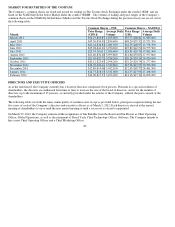 91
91 -
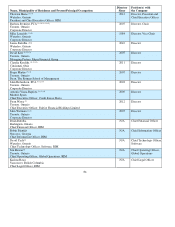 92
92 -
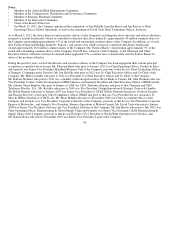 93
93 -
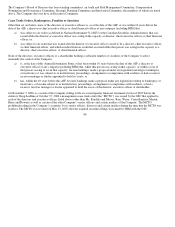 94
94 -
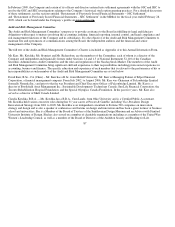 95
95 -
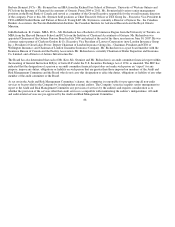 96
96 -
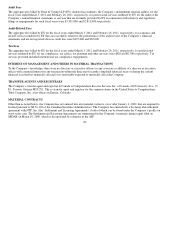 97
97 -
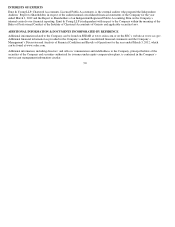 98
98 -
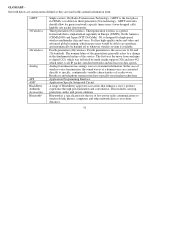 99
99 -
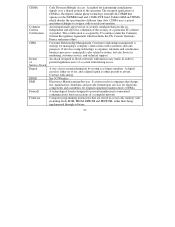 100
100 -
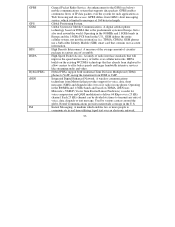 101
101 -
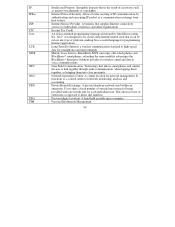 102
102 -
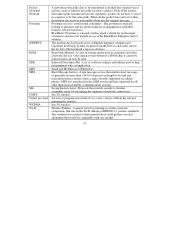 103
103 -
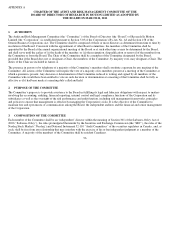 104
104 -
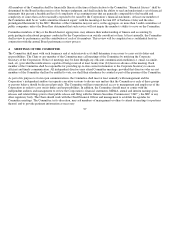 105
105 -
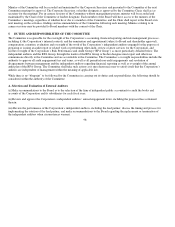 106
106 -
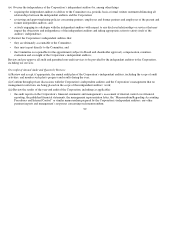 107
107 -
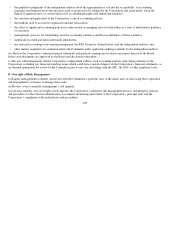 108
108 -
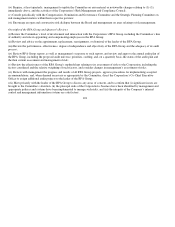 109
109 -
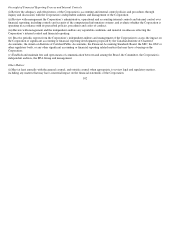 110
110 -
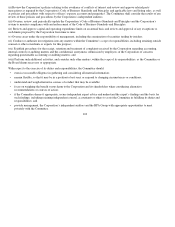 111
111 -
 112
112 -
 113
113 -
 114
114 -
 115
115 -
 116
116 -
 117
117 -
 118
118 -
 119
119 -
 120
120 -
 121
121 -
 122
122 -
 123
123 -
 124
124 -
 125
125 -
 126
126 -
 127
127 -
 128
128 -
 129
129 -
 130
130 -
 131
131 -
 132
132 -
 133
133 -
 134
134 -
 135
135 -
 136
136 -
 137
137 -
 138
138 -
 139
139 -
 140
140 -
 141
141 -
 142
142 -
 143
143 -
 144
144 -
 145
145 -
 146
146 -
 147
147 -
 148
148 -
 149
149 -
 150
150 -
 151
151 -
 152
152 -
 153
153 -
 154
154 -
 155
155 -
 156
156 -
 157
157 -
 158
158 -
 159
159 -
 160
160 -
 161
161 -
 162
162 -
 163
163 -
 164
164 -
 165
165 -
 166
166 -
 167
167 -
 168
168 -
 169
169 -
 170
170 -
 171
171 -
 172
172 -
 173
173 -
 174
174 -
 175
175 -
 176
176 -
 177
177 -
 178
178 -
 179
179 -
 180
180 -
 181
181 -
 182
182 -
 183
183 -
 184
184 -
 185
185 -
 186
186 -
 187
187 -
 188
188 -
 189
189 -
 190
190 -
 191
191 -
 192
192 -
 193
193 -
 194
194 -
 195
195 -
 196
196 -
 197
197 -
 198
198 -
 199
199 -
 200
200 -
 201
201 -
 202
202 -
 203
203 -
 204
204 -
 205
205 -
 206
206 -
 207
207 -
 208
208 -
 209
209 -
 210
210 -
 211
211 -
 212
212 -
 213
213 -
 214
214 -
 215
215 -
 216
216 -
 217
217 -
 218
218 -
 219
219 -
 220
220 -
 221
221 -
 222
222 -
 223
223 -
 224
224 -
 225
225 -
 226
226 -
 227
227 -
 228
228 -
 229
229 -
 230
230 -
 231
231 -
 232
232 -
 233
233 -
 234
234 -
 235
235 -
 236
236 -
 237
237 -
 238
238 -
 239
239 -
 240
240 -
 241
241 -
 242
242 -
 243
243 -
 244
244 -
 245
245 -
 246
246 -
 247
247 -
 248
248 -
 249
249 -
 250
250 -
 251
251 -
 252
252 -
 253
253 -
 254
254 -
 255
255 -
 256
256 -
 257
257 -
 258
258 -
 259
259 -
 260
260 -
 261
261 -
 262
262 -
 263
263 -
 264
264 -
 265
265 -
 266
266 -
 267
267 -
 268
268 -
 269
269 -
 270
270 -
 271
271 -
 272
272 -
 273
273 -
 274
274
 |
 |

93
GPRS
General Packet Radio Service. An enhancement to the GSM (see below)
mobile communications system that supports data packets. GPRS enables
continuous flows of IP data packets over the system for such applications as
Web browsing and data access. GPRS differs from GSM’s short messaging
service, which is limited to messa
g
es of 160 b
y
tes in len
g
th.
GPS
Global Positionin
g
S
y
stem.
GSM
Global System for Mobile Communications. A digital cellular phone
technology based on TDMA that is the predominant system in Europe, but is
also used around the world. Operating in the 900MHz and 1.8GHz bands in
Europe and the 1.9GHz PCS band in the U.S., GSM defines the entire
cellular system, not just the air interface (i.e. TDMA, CDMA). GSM phones
use a Subscriber Identity Module (SIM) smart card that contains user account
information.
HDI
High Density Interconnect. A measure of the average amount of circuitry
p
acka
g
e in a
g
iven area of assembl
y
.
HSPA
High-Speed Packet Access. A family of radio interface standards that will
improve the speed and accuracy of traffic over cellular networks. HSPA
builds on the existing WCDMA technology that has already been deployed to
allow carriers to offer better speeds and larger bandwidth intensive services
like streamin
g
audio and video.
Hybrid PBXs
Hybrid PBXs support both traditional Time Division Multiplexed (TDM)
p
hones to VoIP, easin
g
the transition from TDM to VoIP.
iDEN
Integrated Digital Enhanced Network. A wireless communications
technology from Motorola that provides support for voice, data, short
messages (SMS) and dispatch radio (two-way radio) in one phone. Operating
in the 800MHz and 1.5GHz bands and based on TDMA, iDEN uses
Motorola’s VSELP (Vector Sum Excited Linear Predictors) vocoder for
voice compression and QAM modulation to deliver 64 Kbps over a 25 kHz
channel. Each 25 kHz channel can be divided six times to transmit any mix of
voice, data, dispatch or text message. Used by various carriers around the
g
lobe, Nextel Communications
p
rovides nationwide covera
g
e in the U.S.
IM
Instant Messaging. A medium which enables two or more people to
communicate in real time utilizin
g
t
yp
ed text over an electronic network.
